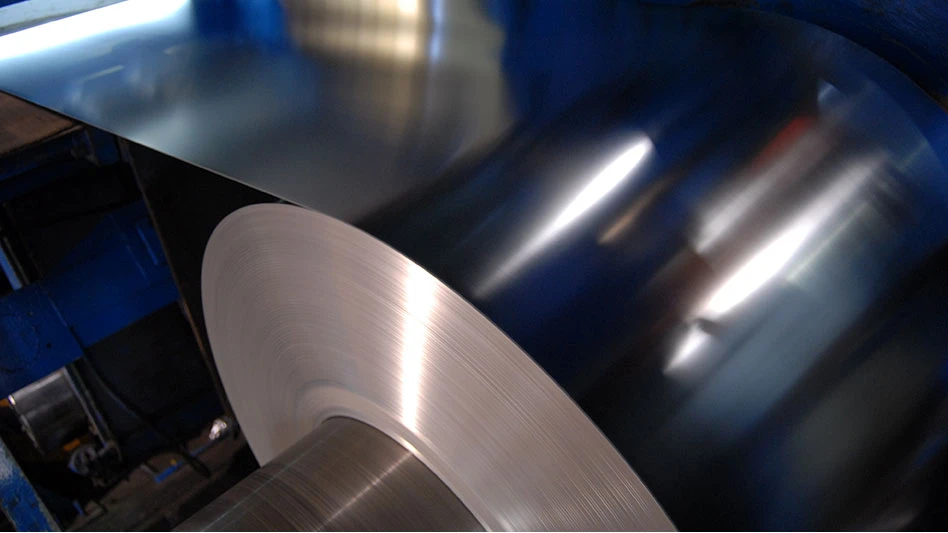BIR president promotes recycling during COP 21 side event
Bureau of International Recycling (BIR) President Ranjit Baxi promoted recycling’s environmental benefits and potential in the fight against climate change in the framework of the Conference of the Parties (COP 21) meetings during a 4 December 2015 side event organised by the French recycling association Federec and held at the Grand Palais in Paris.
Baxi said the early results of BIR’s updated report “Environmental Benefits of Recycling” indicate that the carbon dioxide savings achieved through recycling are on the rise: For aluminium, the savings amount to 92 percent compared with primary production; for copper, 65 percent; and for ferrous, 58 percent.
The BIR’s first “Environmental Benefits of Recycling” report, published in 2008, showed a substantial savings of 500 million tonnes of CO2 through recycling, which equals the total annual emissions of the global aviation industry.
“We as citizens of this planet Earth need to start understanding and realising that recycling is crucial for all of us and that it can really benefit our planet,” Baxi said.
He also stressed the figures in the study were conservative and that not all commodities had been taken into account. “My personal evaluation is that the recycling industry saves up to 700 million tonnes of CO2 per year [or] several billion tonnes over past decades.”
Baxi said supporting recycling and the recycling industry was a crucial step towards protecting the climate worldwide. Governments should understand that recycling needs to be encouraged and fostered by facilitating free global trade of recyclables.
RISI China International Recycled Fibre Conference: Boxed out
Paper in packaging applications is going strong, while its role in communication and media continues to decline, thus tipping the balance of the recovered fibre stream dramatically toward brown grades. The trend was spelled out in several presentations at the 2015 RISI China International Recycled Fiber Conference, which took place in early December in Shenzhen, China.
Presenter Bill Moore of United States-based Moore & Associates showed statistics for 2014, pointing out that while 45 percent of recovered fibre collected in the U.S. went to containerboard and boxboard mills, just 1 percent was consumed by newsprint mills. Nine percent of scrap paper collected in the U.S. in 2014 was consumed by tissue mills and 39 percent was exported.
“Fifteen or 20 years ago that newsprint percentage was higher and the volume and percentage or exports was lower,” Moore commented.
The grades of scrap paper collected and consumed in the U.S. during the past 20 years match the shifting destinations. According to Numera Analytics data presented by Moore, in 1993, 46 percent of recovered fibre consumed by North American paper mills was old corrugated containers (OCC), while old newspapers (ONP) held a 21 percent share. Two decades later, in 2014, OCC comprised 67% of what North American mills consumed, while ONP held just a 7% share.
Marc-Antoine Belthé of Paris-based Veolia Environnement SA said the paper industry globally is “more and more driven by packaging,” adding, “This sector highly impacts the demand for containerboard and cartonboard.” He also cited “the current trend of revamping deinking mills into corrugated mills.”
Latest from Recycling Today
- AISI, Aluminum Association cite USMCA triangular trading concerns
- Nucor names new president
- DOE rare earths funding is open to recyclers
- Design for Recycling Resolution introduced
- PetStar PET recycling plant expands
- Iron Bull addresses scrap handling needs with custom hoppers
- REgroup, CP Group to build advanced MRF in Nova Scotia
- Oregon county expands options for hard-to-recycling items





